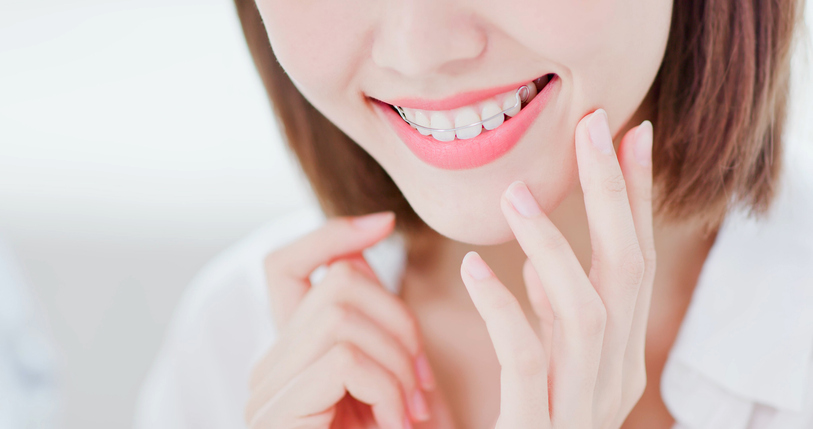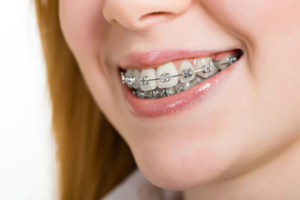What Happens if I Don’t Wear My Retainer?

You’ve gone through the hard part of straightening your teeth and are loving your results. Now that you get to see your best smile, the last thing you may want to do is muck it up with a retainer. Many orthodontic patients, whether they have traditional braces or Invisalign, feel tempted to not wear their retainers. We strongly encourage all of our patients to avoid this temptation. Here, we discuss what happens if you don’t wear your retainer as directed.
What a Retainer Does
To understand the importance of wearing a retainer, you should know what it does for your smile. Retainers are removable orthodontic fixtures that hold your teeth in their new position after you have completed your straightening treatment. These fixtures come in a variety of forms and can last years with good care. Each retainer is custom-made to the exact mold of your mouth and teeth. In that form, the retainer prevents teeth from shifting.
Why Teeth May Move after Orthodontic Treatment
When you wear braces or Invisalign, your teeth may shift dramatically within the first year of treatment. For teeth to reach their appropriate position in the mouth, the gums and ligaments that secure them become “flexible.” So, without the compression of an aligner or arch-wire, the teeth lose some of the stability that is needed. For some time after orthodontic treatment, the periodontal ligament, teeth roots, and gums are more likely to conform to their natural tendencies. Retainers are worn to combat that.
Do I Have to Wear a Retainer Forever?
Understandably, you want your smile to look naturally straight and beautiful. Wearing a retainer can feel constrictive. It can feel like a let-down to have to wear this fixture after being freed from braces or aligners. However, your dentist will probably instruct you to wear your retainers at all times for 6 to 12 months. The good news is that, over time, the tissues that could shift teeth into their old position get used to the new pattern. They stop pulling teeth out of alignment. After 6 to 12 months, as instructed by your dentist, you may reduce your wear to nighttime only. Some people continue to wear their retainers nightly for many years. Some reduce their wear to two to three times a week after two or more years of nightly wear.
Ultimately, the entire point of completing an orthodontic treatment program is to have straighter, more attractive teeth. Wearing a retainer after treatment is part and parcel of the outcome of care. To learn more about Invisalign, contact our Burke, VA office at (703)-935-2879.




